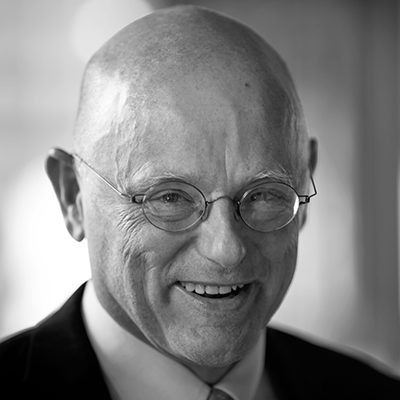By nature, architects are an inquisitive group constantly questioning the constructed world around them. How was that detail built? What type of glass did that project use? What computer technology produced that beautiful image? We are forward-thinking, and always looking at the latest technology to propel the craft of architecture to the next level creating a built environment to be as aesthetically pleasing and as sustainable as possible. However, there needs to be moments of reflection as well. It is helpful for a firm to take a look back at their body of work – mistakes and successes – to understand how that may inform the future.
On July 25, the BSA Committee for Research and Innovation Design event will focus on this process of reflection. Innovation is moving the dial forward, but is built upon improvements from the past.

Sherman Fairchild, 1981 Sherman Fairchild, 2011
To illustrate this concept, the two photos above show the transformation of the Sherman Fairchild Biochemistry Building. The original building was completed in 1981 by Tom Payette and was then renovated in 2011 PAYETTE. During that time period, lighting and mechanical innovations greatly minimize the energy consumption of research labs, but also the way the space is used for research has also changed, from the location of the write-up zone to the flexible nature of casework and equipment.
At this month’s committee meeting, Jim Collins FAIA will be presenting the History of PAYETTE’s Academic Research Practice from the past 30 years highlighting key buildings and developments. At the end of the presentation, there will be time of open discussion of looking forward to what research space may be in the future.
The event is open and free to the public. Register here.
Details:
Tuesday, July 25 | 4:30 – 6:00pm
BSA Space
290 Congress Street
Boston, MA
Presenters:
Jim Collins, Jr., FAIA, LEED AP, Principal, PAYETTE


